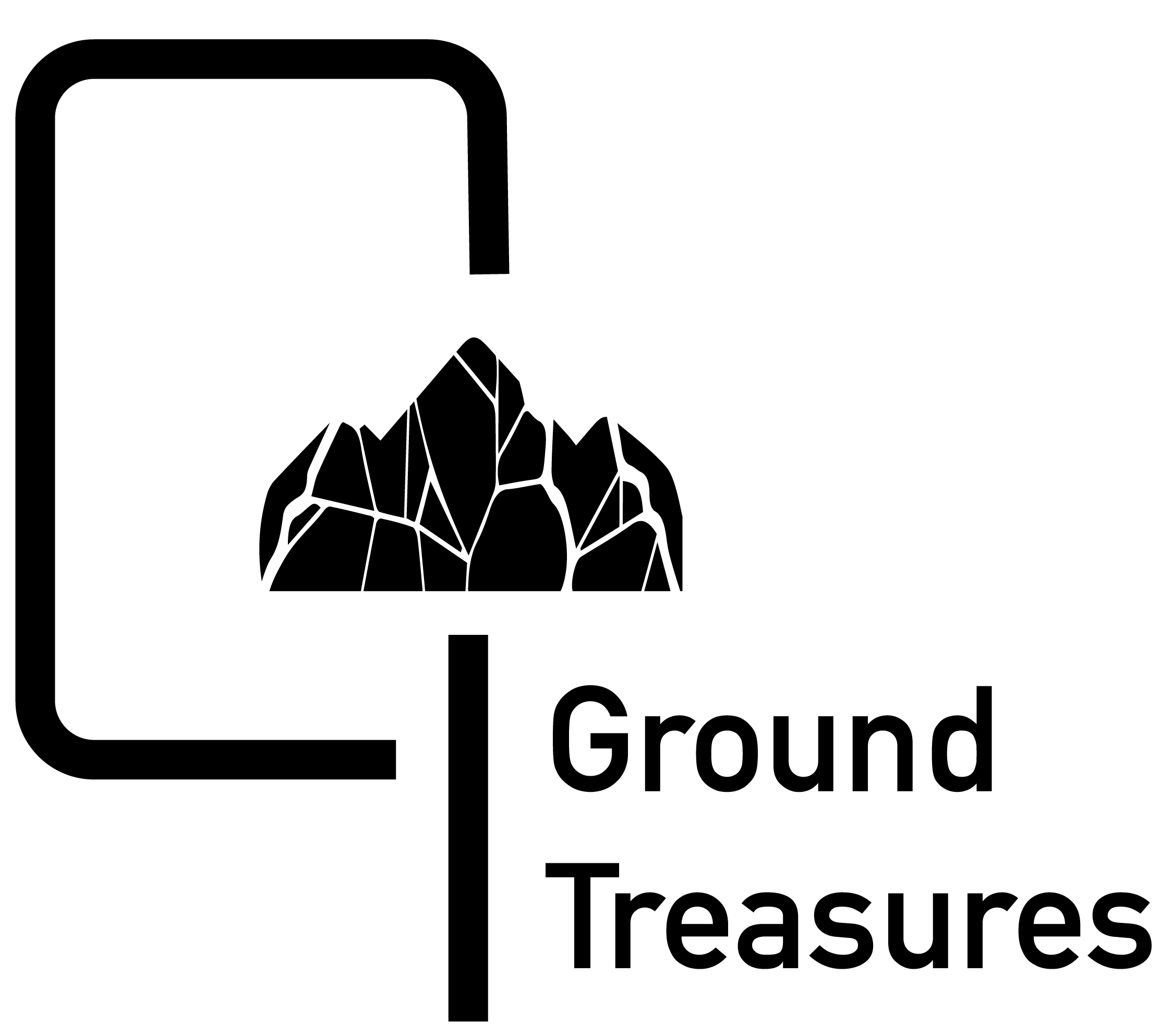Kaolin
About Kaolin ( Potassium and Magnesium )
Also called china clay, soft white clay that is an essential ingredient in the manufacture of porcelain and is widely used in the making of paper, rubber, paint, and many other products.
The main component of kaolin, as we call it, is the mineral kaolinite. Pure kaolinite is bright white, though kaolin clay often has other minerals present that add slight coloration to the clay, most often it has a pinkish hue from iron oxide or a greenish color from decomposing plant material.
All kaolin has the same basic properties, but the color variation actually indicated different benefits of kaolin clay.
When kaolin is mixed with water in the range of 20 to 35 percent, it becomes plastic.
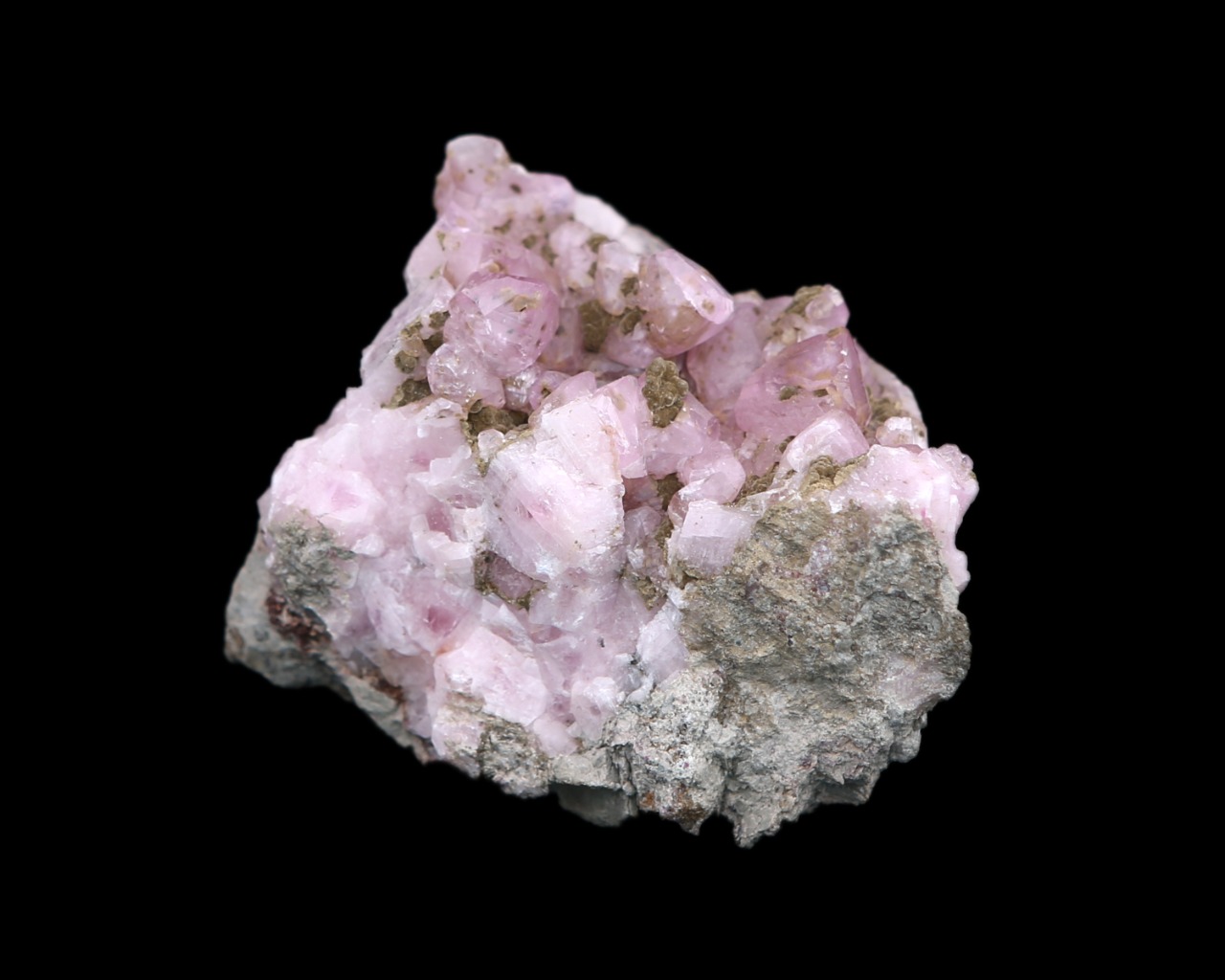
Kaolin uses
cement manufacturing
ceramic manufacturing
the mineral kaolinite is the production of paper.
Used in ceramics (it is the main component of porcelain).
toothpaste. - as a light-diffusing material in white incandescent light bulbs.
in cosmetics
in industrial insulation material kaowool (a form of mineral wool).
in 'pre-work' skin protection and barrier creams.
in paint to extend the titanium dioxide white pigment and modify gloss levels.
for modifying the properties of rubber upon vulcanization.
in adhesives to modify rheology.
in organic farming as a spray applied to crops to deter insect damage, and in the case of apples, to prevent sun scald.
for facial masks or soap.
as adsorbents in water and wastewater treatment.
to induce blood clotting in diagnostic procedures.
in its altered metakaolin form, as a base component for geopolymer compounds.
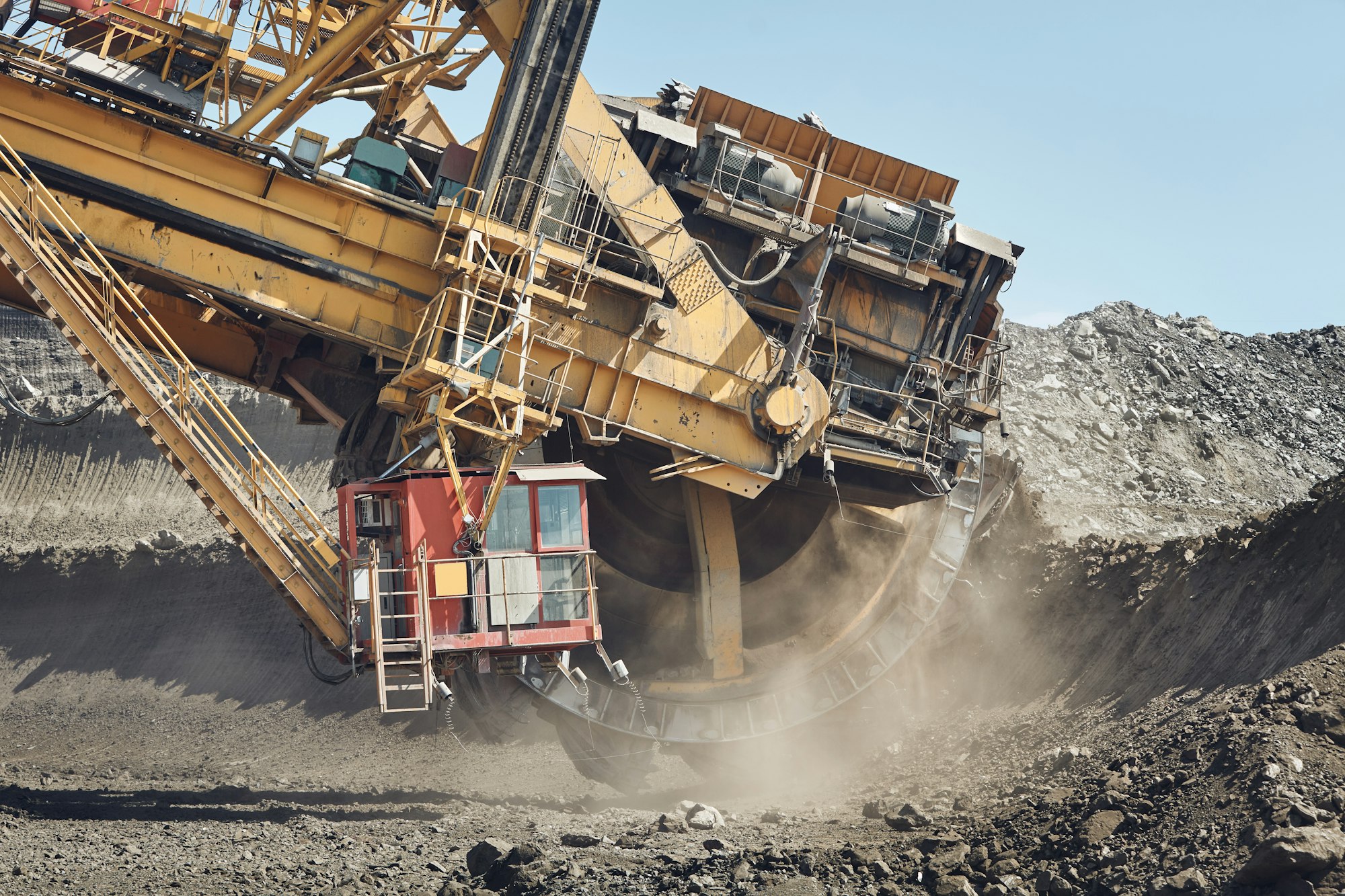
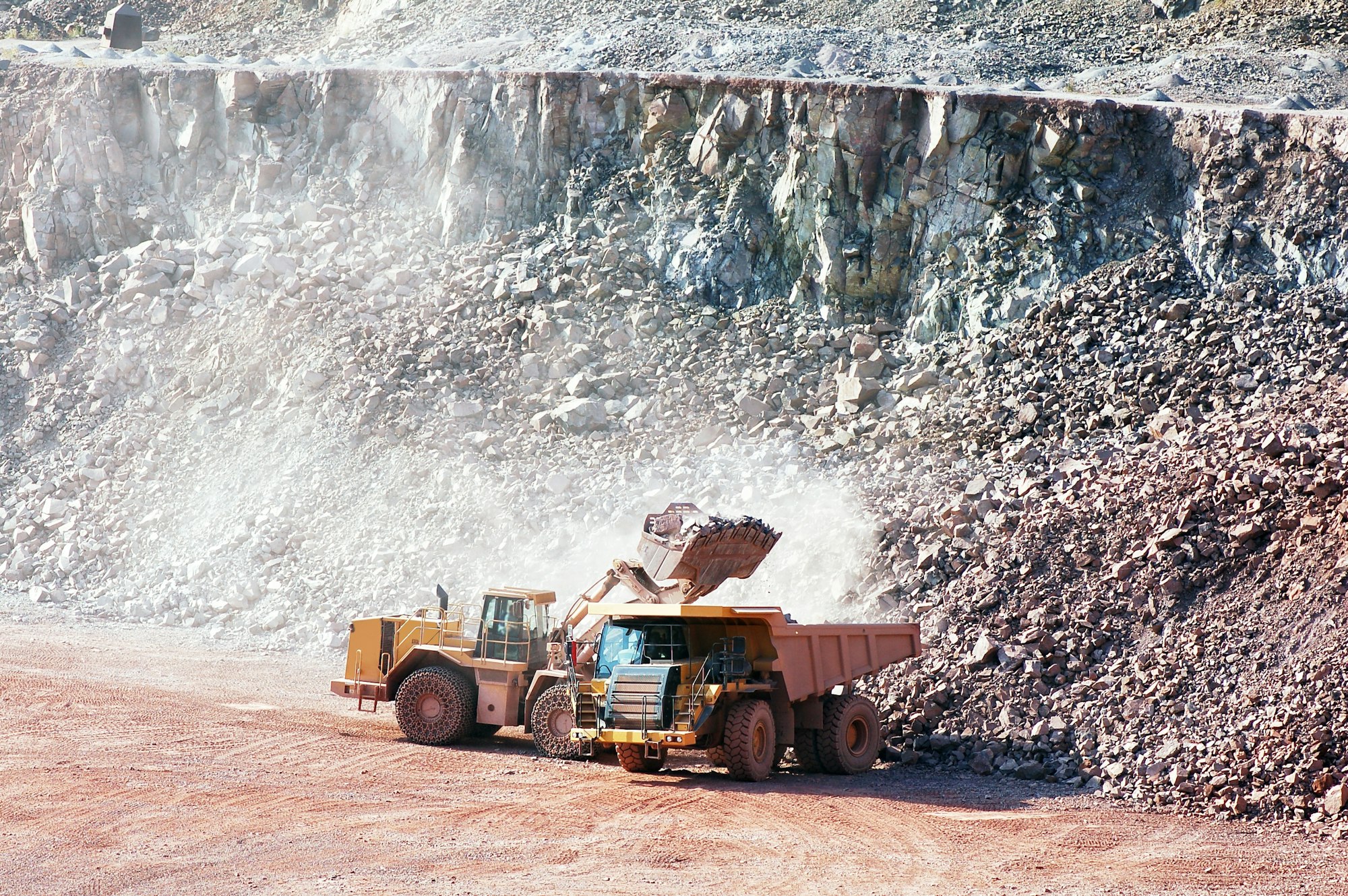
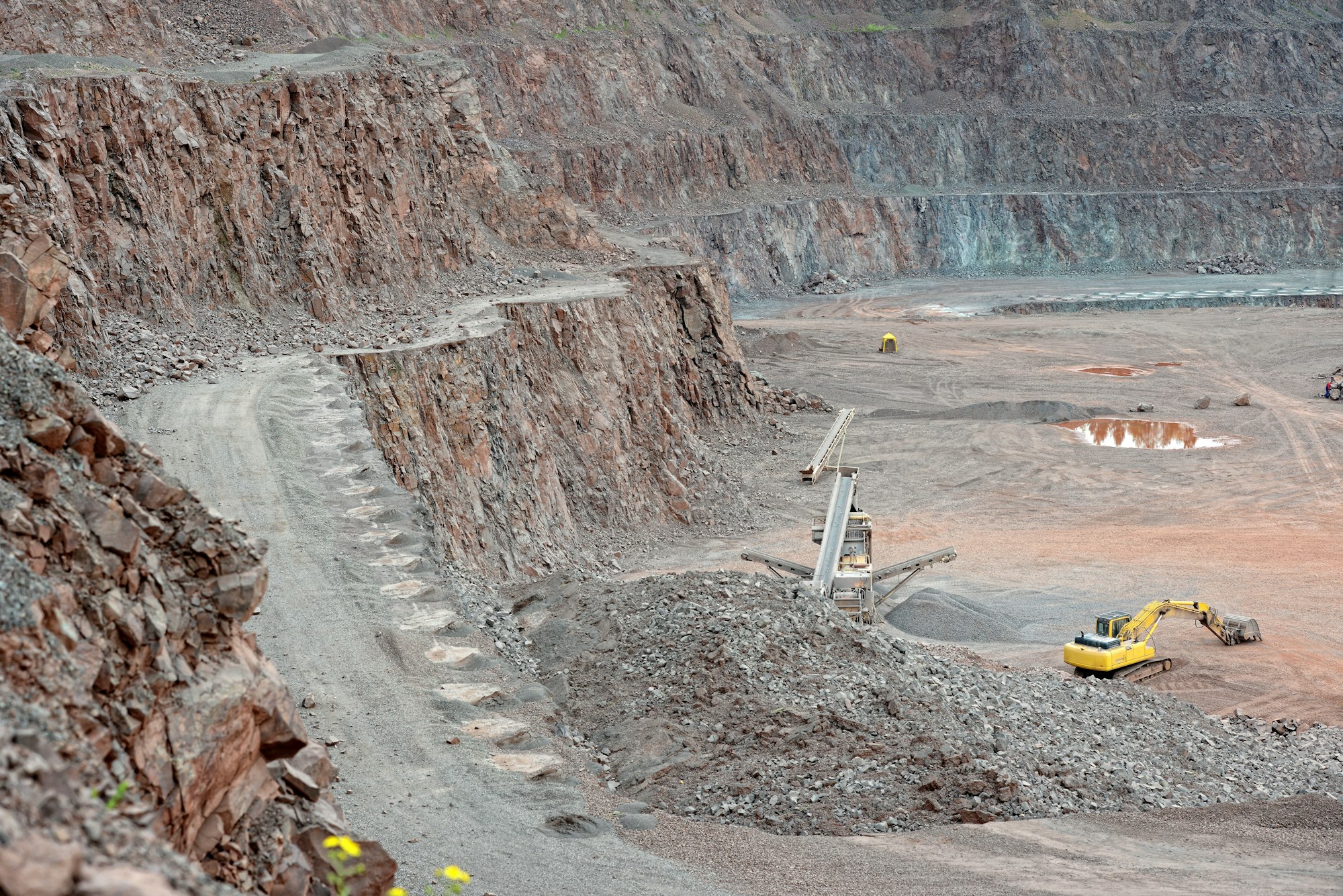
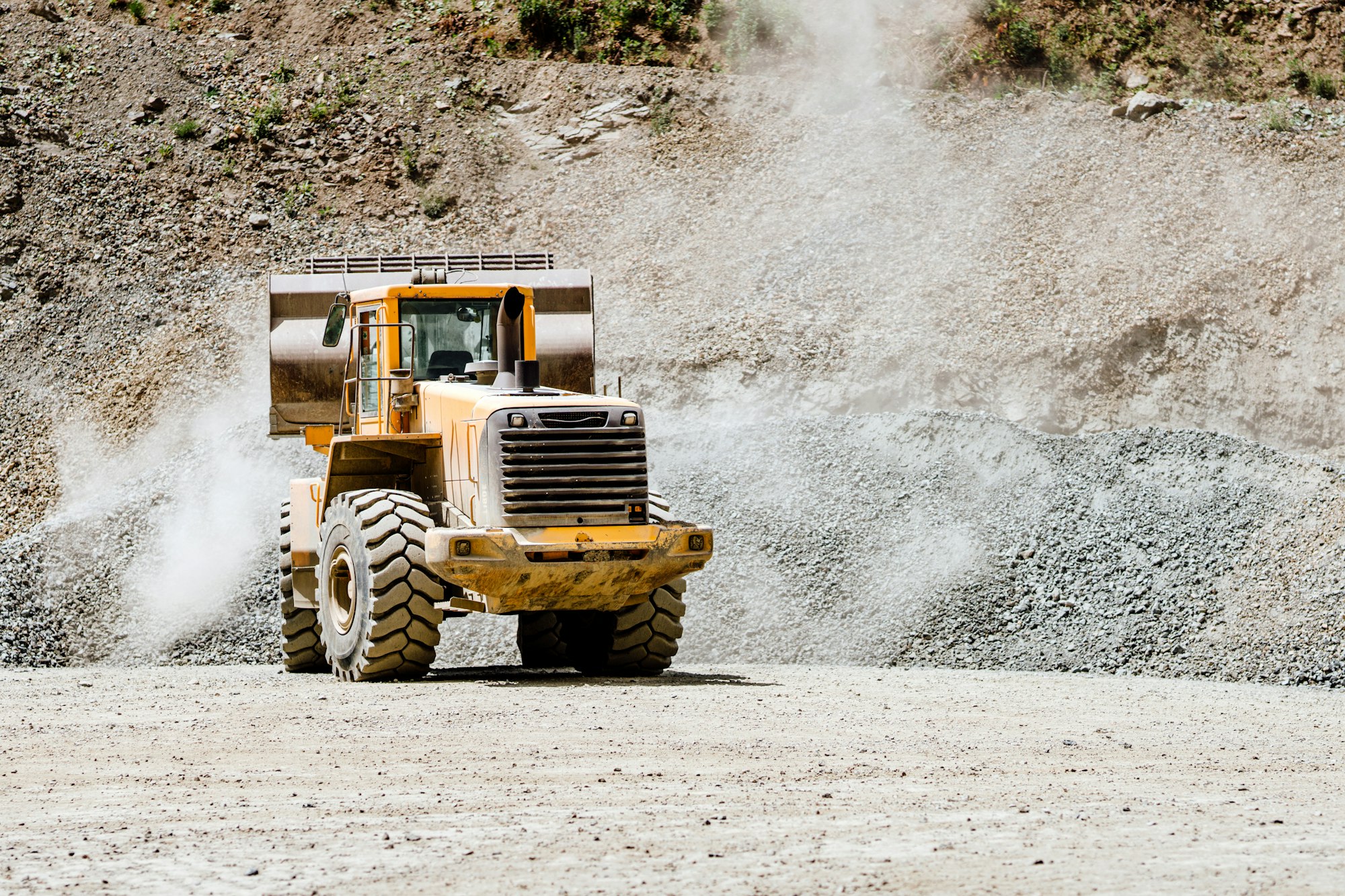
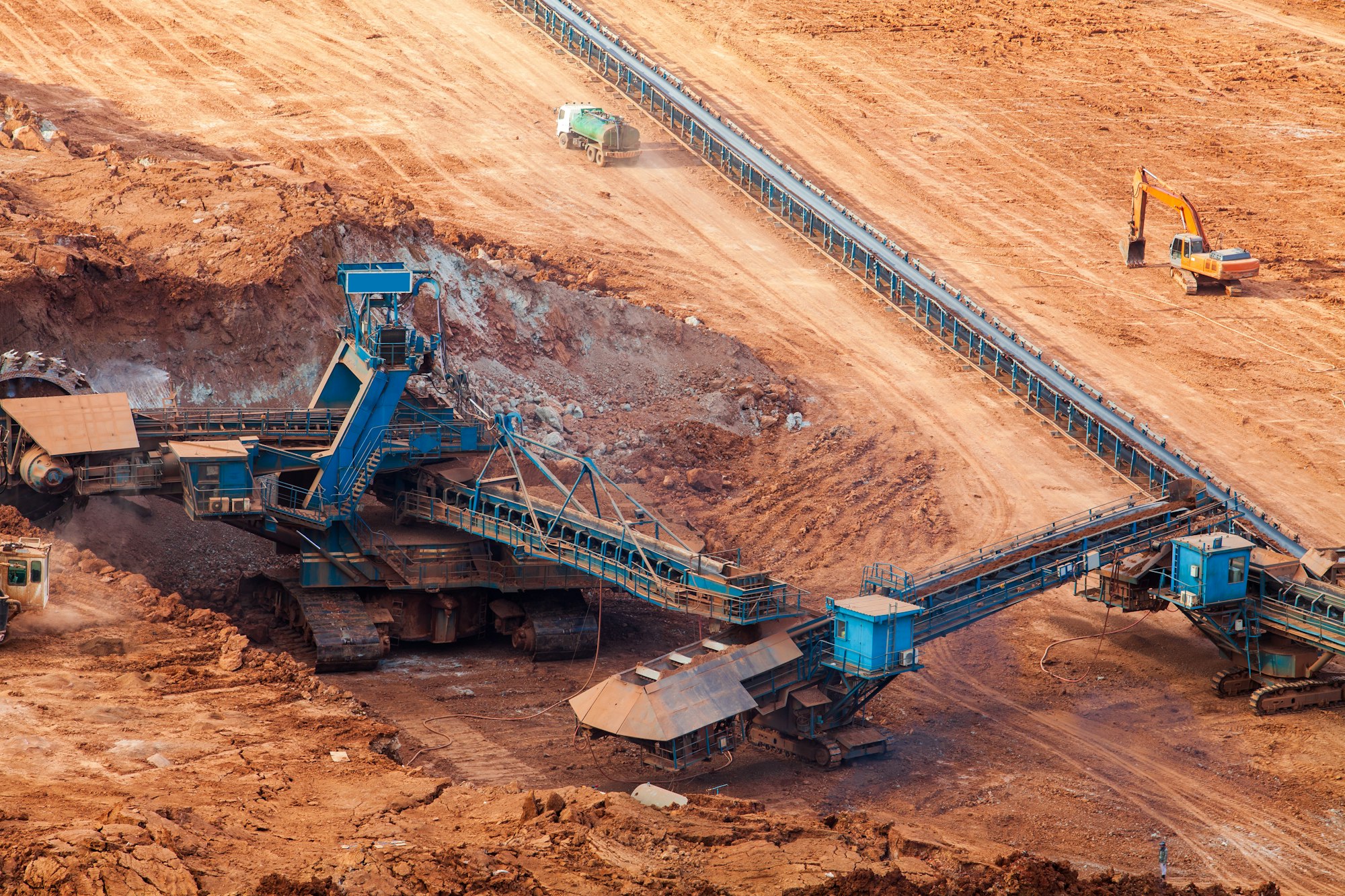
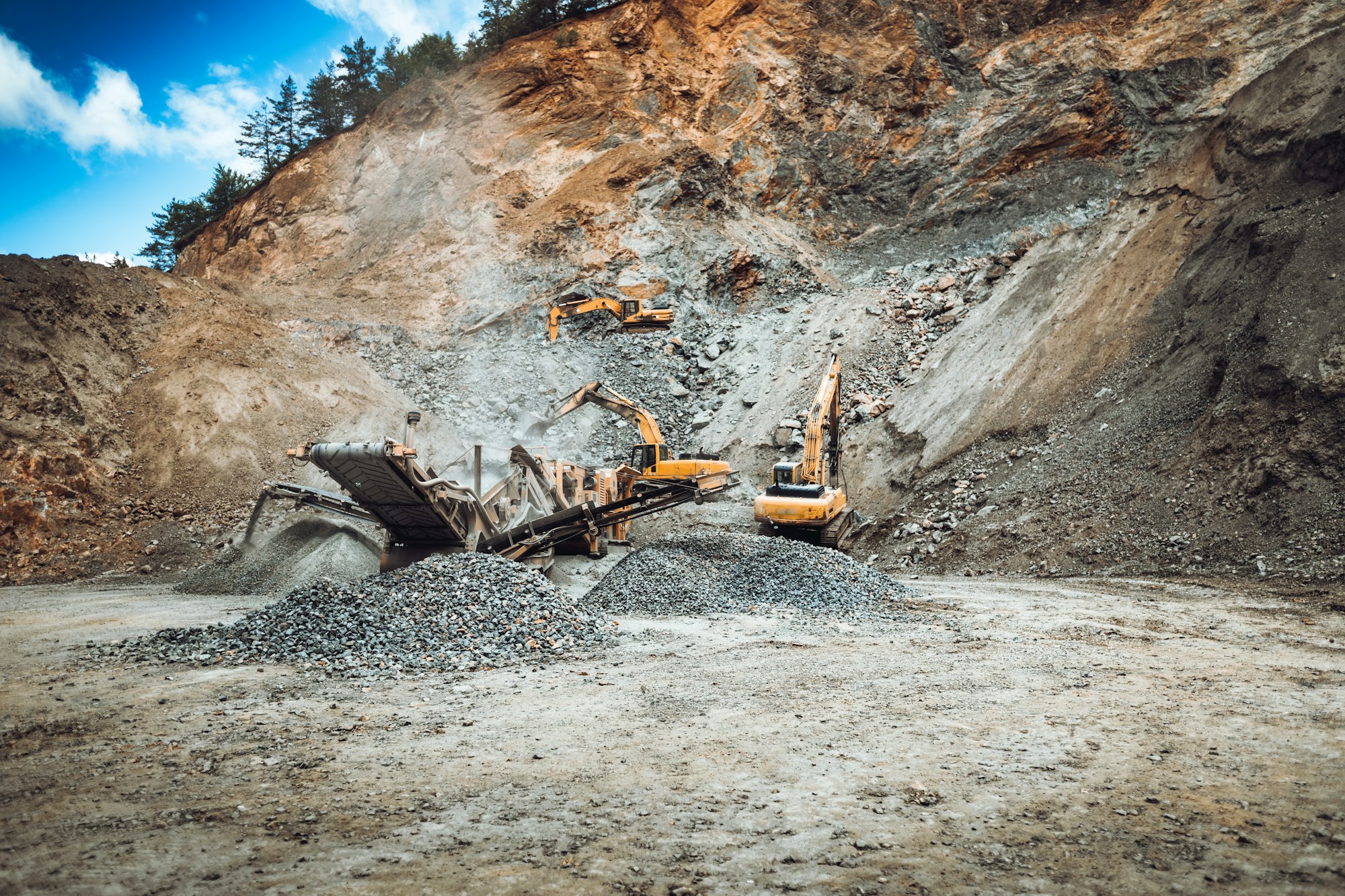
Locations in Egypt
Kaolin deposits are found in three main sites
In Wadi Natech, Sabaa Salama, and farsh gazelles, all in the Sinai Peninsula.
On the western coast of the Gulf of Suez in Abu Al-Daraj Al-Jalalah Al-Bahariya.
In Kalbasha area and Aswan.
See how we're transforming the industry. Get involved today!
Unlock the potential beneath the surface. Partner with us for your next mining project. Contact us today!

